Increasing Oral Health Concerns
The rising awareness of oral health issues among the South Korean population is a significant driver for the halitosis treatment market. As individuals become more conscious of their oral hygiene, the demand for effective halitosis treatments is likely to increase. Reports indicate that approximately 30% of adults in South Korea experience chronic bad breath, which has led to a growing market for products aimed at addressing this concern. This heightened focus on oral health is prompting consumers to seek out specialized treatments, thereby expanding the market. Furthermore, educational campaigns by dental associations are contributing to this trend, emphasizing the importance of maintaining fresh breath as part of overall health. Consequently, the halitosis treatment market is expected to see sustained growth as more individuals prioritize their oral hygiene and seek solutions to combat halitosis.
Rising Demand for Innovative Products
The halitosis treatment market is experiencing a surge in demand for innovative products that offer effective solutions for bad breath. Consumers in South Korea are increasingly seeking out advanced formulations that promise longer-lasting results. This trend is reflected in the growing popularity of mouthwashes, chewing gums, and lozenges specifically designed to combat halitosis. Market data suggests that the oral care segment, which includes halitosis treatments, is projected to grow at a CAGR of 5% over the next five years. This growth is driven by the introduction of new ingredients and technologies that enhance product efficacy. As consumers become more discerning, they are likely to gravitate towards products that not only mask bad breath but also address the underlying causes. This shift towards innovative solutions is expected to significantly impact the halitosis treatment market.
Growth of the Cosmetic Dentistry Sector
The expansion of the cosmetic dentistry sector in South Korea is playing a pivotal role in driving the halitosis treatment market. As cosmetic procedures gain popularity, there is an increasing emphasis on aesthetics, including fresh breath. Many individuals are now seeking treatments not only for functional purposes but also to enhance their overall appearance. The cosmetic dentistry market has been valued at over $1 billion in recent years, indicating a robust demand for related services and products. This trend is likely to propel the halitosis treatment market as consumers look for complementary solutions to maintain their oral aesthetics. Additionally, dental clinics are increasingly offering halitosis treatments as part of their services, further integrating these solutions into the broader cosmetic dentistry landscape. This synergy between cosmetic dentistry and halitosis treatment is expected to foster market growth.
Influence of Social Media and Marketing
The influence of social media and targeted marketing strategies is becoming increasingly prominent in the halitosis treatment market. In South Korea, social media platforms are utilized extensively for promoting oral care products, including those aimed at treating halitosis. Influencers and dental professionals are leveraging these platforms to educate consumers about the importance of fresh breath and the available treatment options. This trend is likely to enhance consumer engagement and drive sales in the halitosis treatment market. Furthermore, marketing campaigns that highlight the social implications of bad breath are resonating with consumers, prompting them to seek solutions. As a result, the market is expected to benefit from increased visibility and awareness, leading to higher demand for effective halitosis treatments.
Growing Health Consciousness Among Consumers
The increasing health consciousness among South Korean consumers is a notable driver for the halitosis treatment market. As individuals become more aware of the link between oral health and overall well-being, there is a growing inclination to invest in products that promote fresh breath. This trend is supported by research indicating that poor oral hygiene can lead to various health issues, including cardiovascular diseases. Consequently, consumers are more likely to seek out halitosis treatments as part of their health regimen. The market is witnessing a shift towards products that not only address bad breath but also contribute to overall oral health. This growing health consciousness is expected to sustain the demand for halitosis treatments, as consumers prioritize their health and well-being.


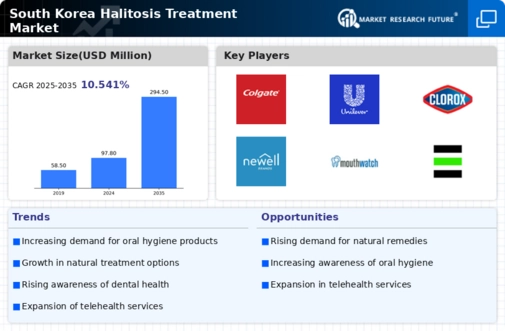


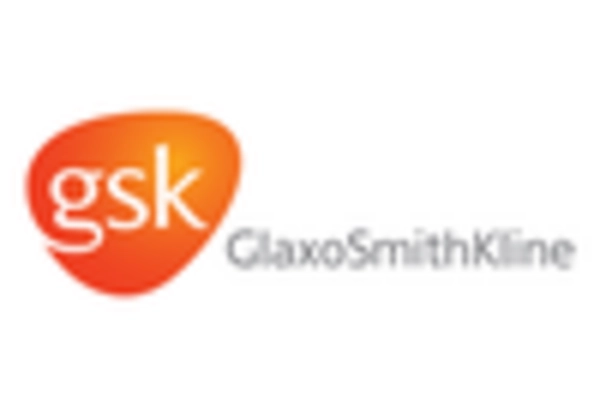
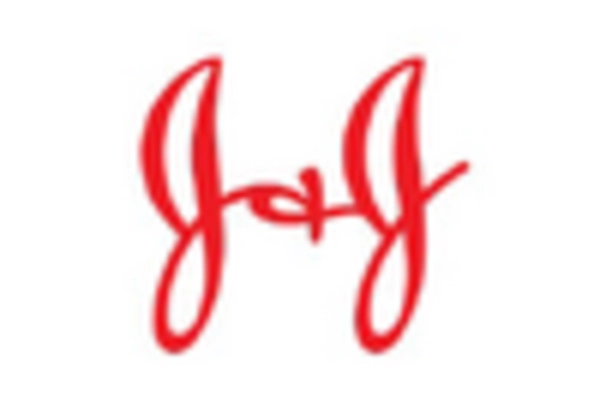
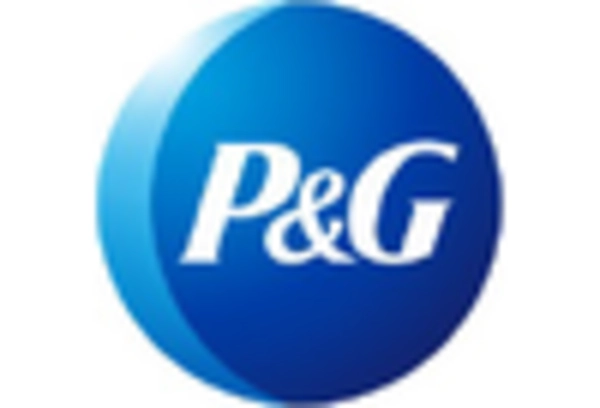
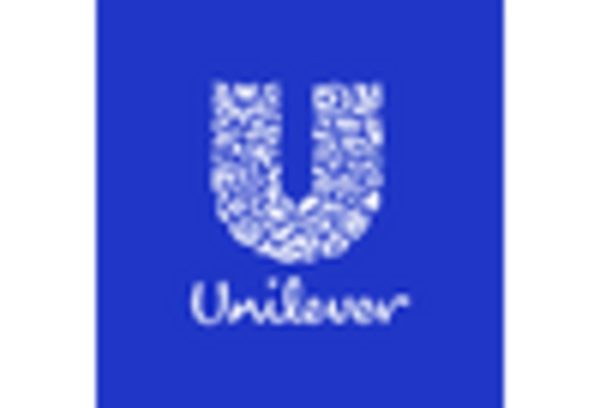








Leave a Comment